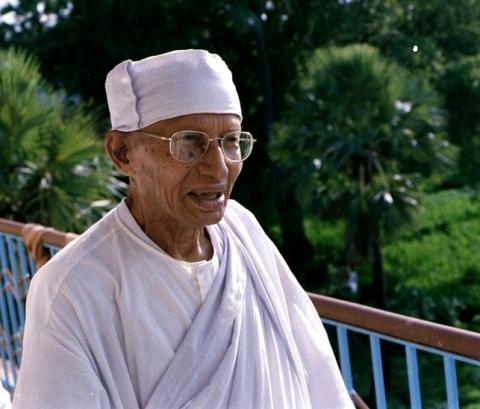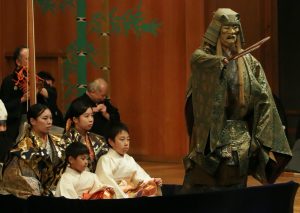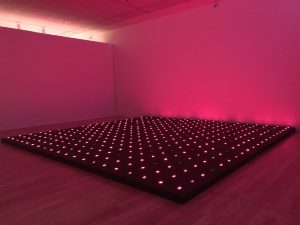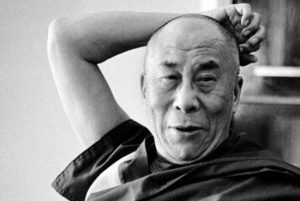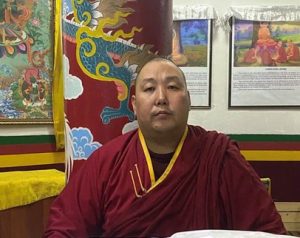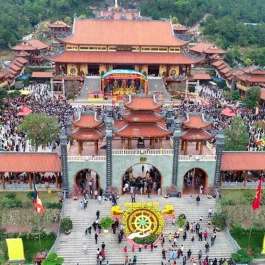“Whatever you are doing, everything should be done mindfully, dynamically, with totality, completeness, thoroughness. Then it becomes meditation, meaningful, purposeful. It is not thinking, but experiencing from moment to moment, living from moment to moment, without clinging, without condemning, without judging, without evaluating, without comparing, without selecting, without criticizing—choiceless awareness.” – Munindraji (1915–2003) (Knaster 2010, 1)
Anagarika Shri Munindra, known to his disciples as Munindraji, was one of the most inspiring and influential vipassana meditation masters of the 20th century, and frequently shared profound wisdom like the above with his students.
I had no idea who Munindraji was until I met his niece, Dr. Shuvra Barua, at her home in Kolkata, India, in 2007. It was she who taught me about the prominent vipassana meditation master whose teachings had spread around the world. Unfortunately, I was still studying at the time and did not have time to learn more about him.
Last month, however, I was privileged to travel to Munindraji’s home village of Dhemsha in Chittagong, Bangladesh. One of my masters, the Venerable Shilananda, who resides at the
village temple, took me to Munindraji’s house. I was greatly moved to see for myself where this great master was born, and I touched the floor of the place in which he spent his early life.
Next to Munindraji’s childhood home stands the house of another prominent vipassana meditation master, the Venerable Visuddhacara. I felt a deep conviction of the sanctity of the ground upon which these two famous masters were born. Later, returning to the village temple, I looked at their images hanging on the wall, and I recognized the loss that the absence of these two great masters represents to society. Though I’ve never had the honor of meeting either of these masters, who are both long gone from this world, their proximity to my home and my heart led me to feel that I have known them nevertheless.
After I returned to Hong Kong, I read the life story of Munindraji by Mirka Knaster, with a foreword by Joseph Goldstein, entitled Living this Life Fully—Stories and Teachings of Munindra. Delving deeper, I read other articles on Munindraji written by those who knew this great master and were influenced and inspired by his teachings. Munindraji was a key force in the transmission of Buddhism that linked the traditions of East and West. He conveyed his teachings in a way that deeply transformed his students, many of whom have written about their spiritual experiences under Munindraji’s tutelage.
Munindraji was born to the Barua family, descendants of the original Buddhists of India, on 27 June 1915. He passed away on 14 October 2003. He is often called “Anagarika”—one who has given up worldly possessions and responsibilities to commit to full-time Buddhist practice—because he did not marry but chose to practice lifelong celibacy without attachment in order to focus on the Dhamma. Although he was not a monk, he wore white and led the life of a renunciate. Out of reverence, he was called Munindraji by his disciples and adherents, including Dipa Ma, Joseph Goldstein, Sharon Salzberg, and Surya Das, all of whom are well-known vipassana meditation masters themselves.
Growing up, Munindraji was greatly influenced by his father, who became a monk and helped his son to generate deep conviction in the Triple Gem of Buddha, Dhamma, and sangha. Munindraji attended local schools and completed secondary level education. Later in life, he was invited to teach at his local school due to his exceptional academic performance in secondary school.
In 1936, Munindraji moved from his village to Calcutta (now Kolkata, the capital of the eastern Indian state of West Bengal), and lived for two years at the Dharmankur Buddhist Temple of the Bengal Buddhist Association, an organization that helped to revive Buddhism in India. In 1938, Munindraji traveled to the Indian city of Sarnath, in Uttar Pradesh, where the Buddha gave his first teaching, and spent 10 years with the Maha Bodhi Society, which has also greatly contributed to the revival of Buddhism and the promotion of sites connected with the Buddha’s life. Between 1948 and 1951, he accompanied various Maha Bodhi Society delegations bearing relics to Myanmar, Nepal, Sikkim, and Tibet.
From 1953–57, Munindraji served as the superintendent of the Mahabodhi Temple in Bodh Gaya, where the Buddha attained enlightenment. He was the first Buddhist superintendent at the temple since the 12th century, and contributed greatly to changing the rituals practiced at the temple from Hindu to Buddhist. During his tenure at the temple, he hosted numerous important visitors, including Prime Minister Jawaharlal Nehru (1889–64) and several prominent Buddhist scholars. In 1956, Munindraji participated in the Buddha Jayanti festival that marked the 2,500th anniversary of the Buddha’s mahaparinibbana, or passing.
During his stewardship of the Mahabodhi Temple, Munindraji met the then-prime minister of Burma, U Nu, who invited him to Burma to learn vipassana meditation under the guidance of the renowned master Venerable Mahasi Sayadaw (1904–82) at the Sasana Yeiktha Meditation Centre in Rangoon (now Yangon). He also studied the Pali canon for five years under the respected scholar U Maung. Munindraji later taught meditation in a Bengali Buddhist community that had settled in Burma, where he taught the influential female Buddhist master Dipa Ma, who was born near Munindraji’s native village.
Munindraji left Myanmar for India in 1966 and settled in Bodh Gaya. Although he never returned to his former role as the superintendent of the temple, Munindraji started teaching vipassana meditation. As word of his knowledge and experience spread, Munindraji garnered the attention of Western vipassana practitioners, and he became a key figure in the growing popularity of vipassana in the West.
In 1976, several of his students, including Joseph Goldstein and Sharon Salzberg, founded the Insight Meditation Society in Barre, Massachusetts, which became one of the most important centers for vipassana meditation in North America. This was a period of rapid growth in interest in vipassana in the West, and in 1977, Munindraji was invited to teach in North America, Europe, and Australia. In 1979, he also began teaching vipassana meditation annually to American university students in the Antioch Education Abroad Buddhist Studies Program.
Although he enjoyed teaching in the West, Munindraji’s heart remained in India. After recovering from surgery in 1988, he was invited by the influential vipassana teacher S. N. Goenka, with whom he had been friends since his time in Burma, to the Dhamma Giri meditation center in Igatpuri in Maharashtra State, which Goenka had founded in 1976. From 1991 until his death, Munindra spent the majority of his time at the center, practicing and teaching meditation.
On his friendship with Munindraji, Shri Goenka said: “I feel that there must have been deep friendship between us for many lives in the past, which was further strengthened in this life. The friendship of this saintly meditator was extremely delightful. The company of a meditator friend is very beneficial. Whenever I remember him, metta arises spontaneously in my mind. May he be happy in the celestial world!” (Vipassana Newsletter)
After hearing the news of Munindraji’s death in 2003, Joseph Goldstein, one of his most ardent disciples, remarked: “I had known that Munindra was ill for much of this past year, and so his death was not unexpected. Still, in the moment of getting the news of his death, it felt like the passing not just of a beloved teacher and a great presence in my life, but of a certain pivotal era in the transmission of Buddhism from East to West.” (Tricycle)
References
Knaster, Mirka. 2010. Living This Life Fully – Stories and Teachings of Munindra. Boston: Shambhala.
See more
In Memoriam: Anagarika Munindra (Tricycle)
My Friend, Munidraji By S. N. Goenka (Vipassana Newsletter)


